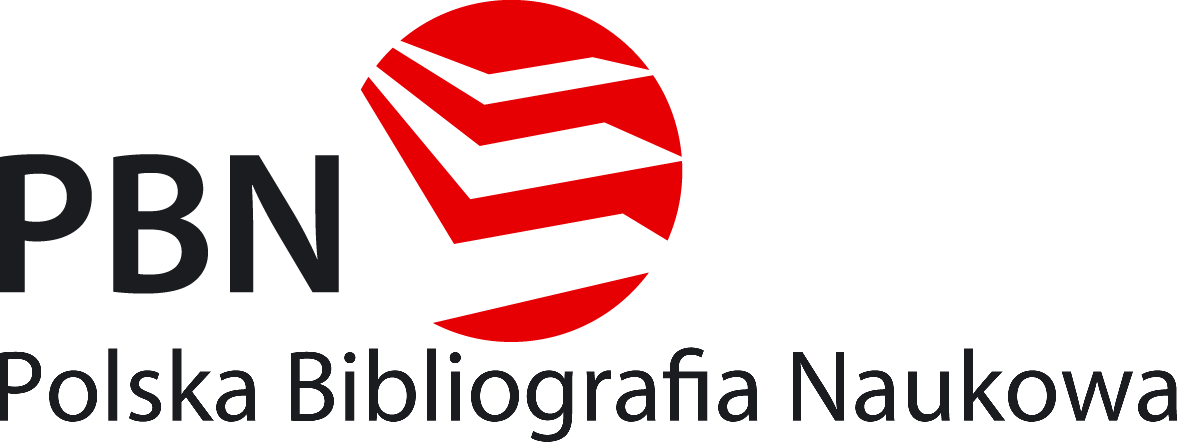FEATURES OF LEGAL REGULATION OF SOCIO-ECONOMIC RELATIONS IN CONSTRUCTION: FOREIGN ASPECT
DOI:
https://doi.org/10.32689/2617-2224-2019-4(19)-156-165Keywords:
public administration, socio-economic relations, construction, legal regulation, mechanism, foreign experience, architectural and construction control, standardization in constructionAbstract
The article reveals the foreign aspect of features of legal regulation of socio-economic relations in construction. It is noted that the modern economy of Ukraine is in a state of chronic crisis, so it is of interest to analyze the construction experience of the United States, Canada and the European Union countries in terms of establishing a regulatory mechanism for managing socioeconomic relations in construction. It substantiates that the feature of the public administration of legal regulation of socio-economic relations in construction in the United States is the development of its own regulatory mechanism and the system of control over compliance with the relevant legal requirements. To this end the adoption of relevant codes, legislative acts in the field of construction, in field of mortgage lending, the provision of soft loans, securities, ensuring effective mechanisms of the insurance system has taken place.
It determines that most foreign countries tend to “privatize” the functions of supervision and control over compliance with the construction legislation, bodies and organizations in charge of the technical regulation system functioning in construction, etc. The reasons for this are the added complexity and improvement of building technologies, the increase in the volume of construction and the transition of many countries to the use of parametric standards (norms).
It is concluded that the international experience in the implementation of architectural and construction control in foreign countries is a necessary foundation for the improvement of the national construction system of a state. The involvement of independent private specialized agencies in the supervision and control system or of experts in performing the functions of control will not only improve the quality of control measures, but also reduce the level of corruption in the construction sector.
References
Марушева О. А. Тенденції норматив- но-правового регулювання соціаль- но-економічних відносин у будів- ництві в країнах розвинутої демо- кратії / О. А. Марушева // Актуаль- ні проблеми державного управління. № 1 (55). С. 63–68.
Стукаленко О. В. Теоретичні заса- ди державного контролю та нагля- ду в сфері будівельної діяльності / О. В. Стукаленко // Правова держа- ва. 2014. № 17. 135 с.
Олюха В. Г. Оптимізація капітально- го будівництва: господарсько-правові проблеми: монографія. К.: Центр учб. л-ри, 2015. 302 с.
New York City Building: Code. 2014 [Електронний ресурс]. — Режим доступу: https://www1.nyc.gov/site/buildings/codes/2014-constructioncodes.page#bldgs
Лиско Г. О. Процедура отримання дозволу на будівництво: досвід Спо- лучених Штатів Америки // Наук. вісн. Львів. держ. ун-ту внутрішніх справ. 2012. № 4. С. 175.
Overview of the International Building Code [Electronic resource]. Access mode: Overview of the International Building Code [Electronic resource]. Access mode: https://www.iccsafe.org/products-and-services/icodes/2018-i-codes/ibc/
Непомнящий О. М. Децентралізація державного регулювання будівель- ної діяльності: закордонний досвід для України / О. М. Непомнящий // Державне будівництво. 2014. № 1 [Електронний ресурс]. Режим доступу: http://nbuv.gov.ua/UJRN/DeBu_2014_1_30
Серых А. Техническое регулиро- вание в строительстве. Аналитический обзор мирового опыта: Snip Innovative Technologies; рук / А. Серых. Чикаго: SNIP, 2010. 889 c.
Система державного управління Республіки Чехія: досвід для України / уклад. Х. М. Дейнега ; за заг. ред. Ю. В. Ковбасюка, С. В. Загороднюка. К. : НАДУ, 2011. 40 с.











